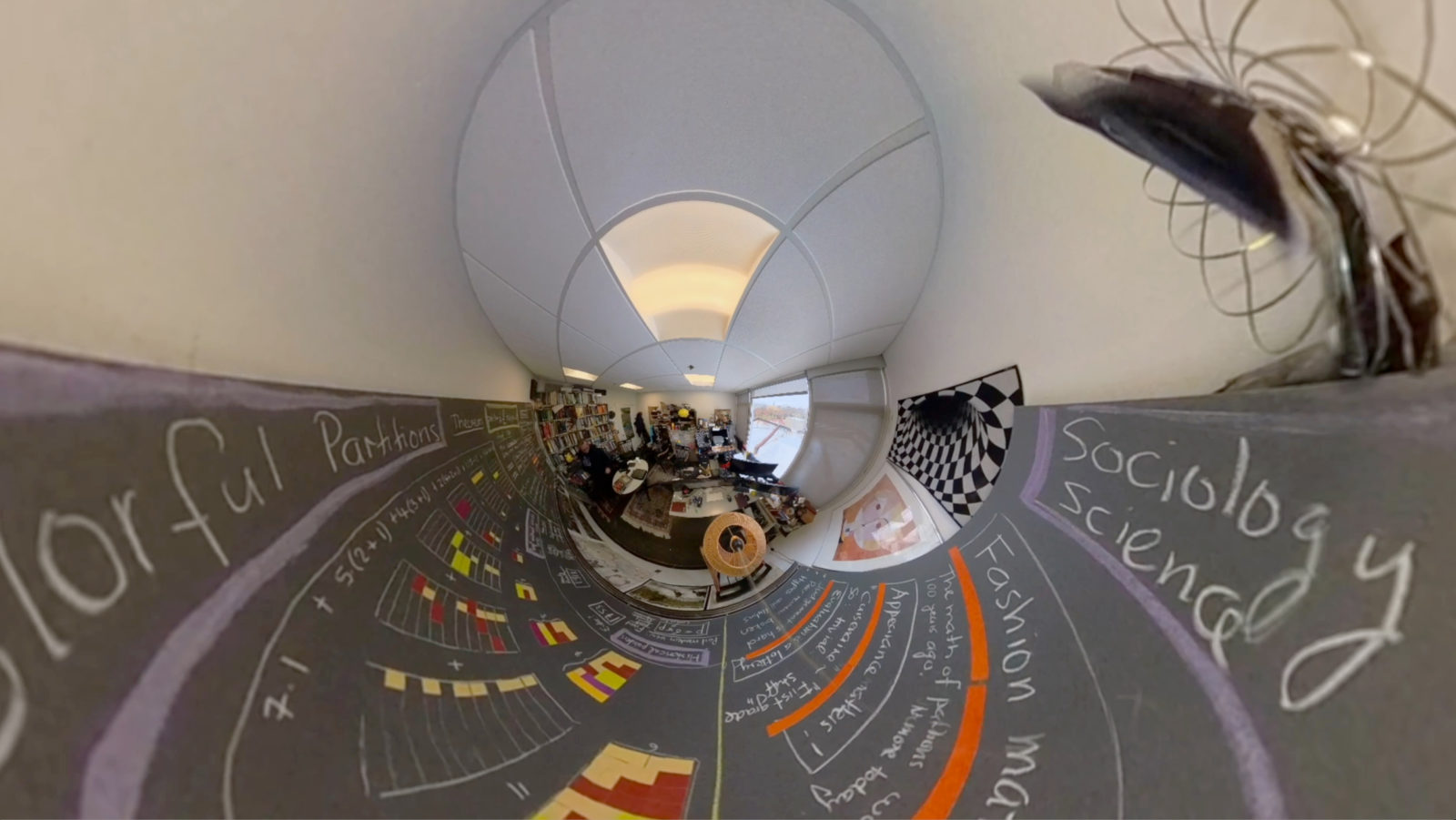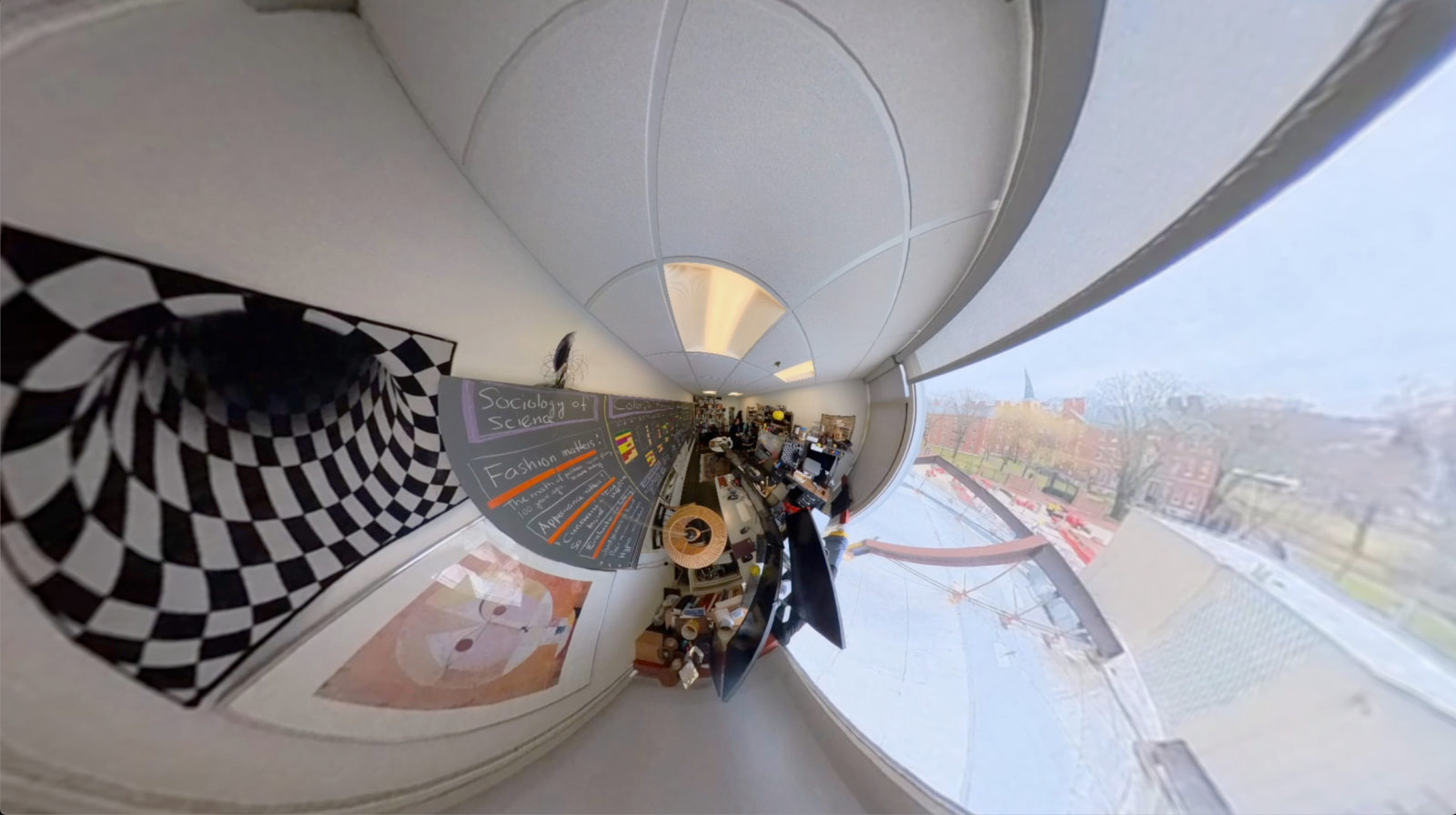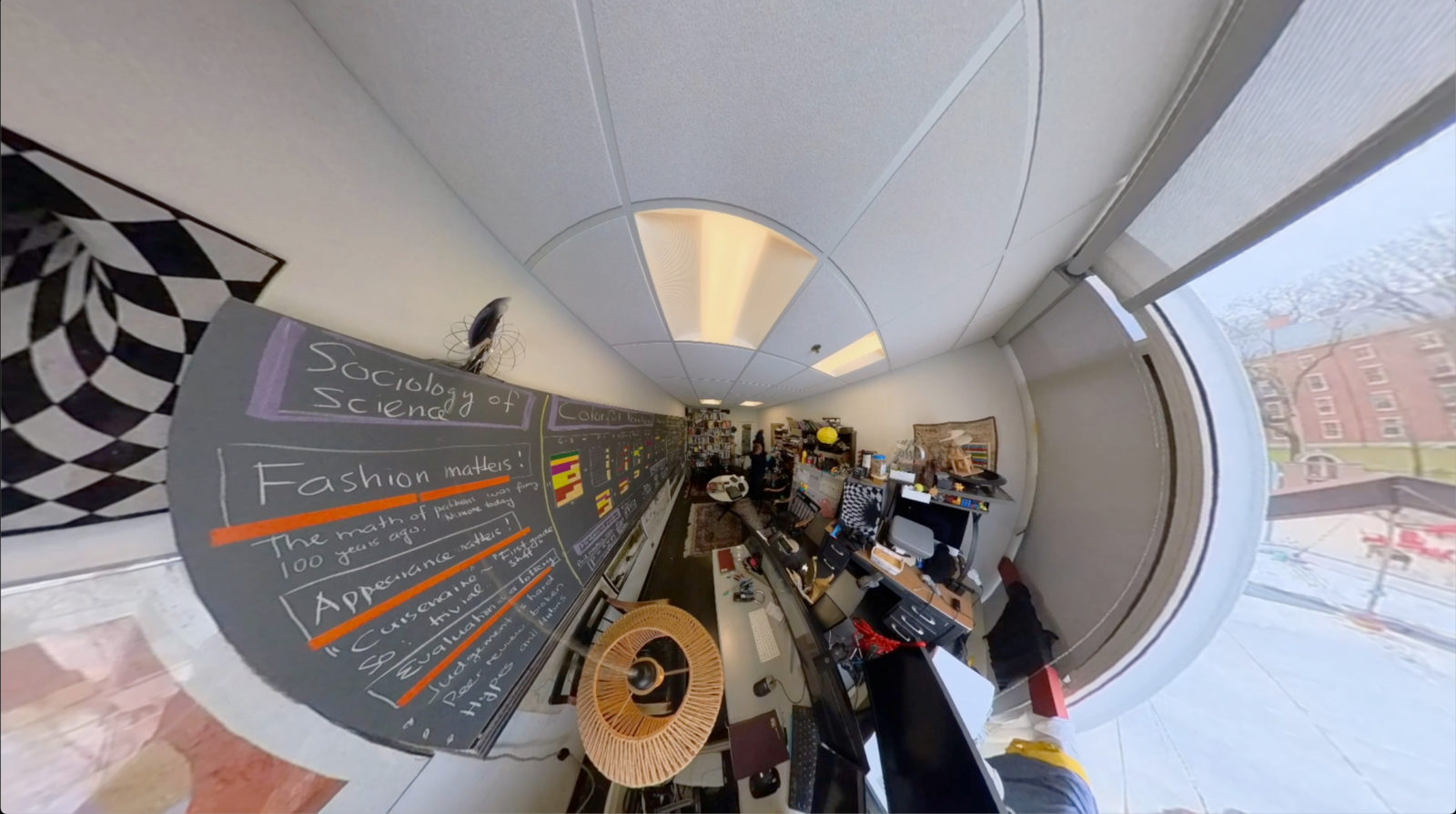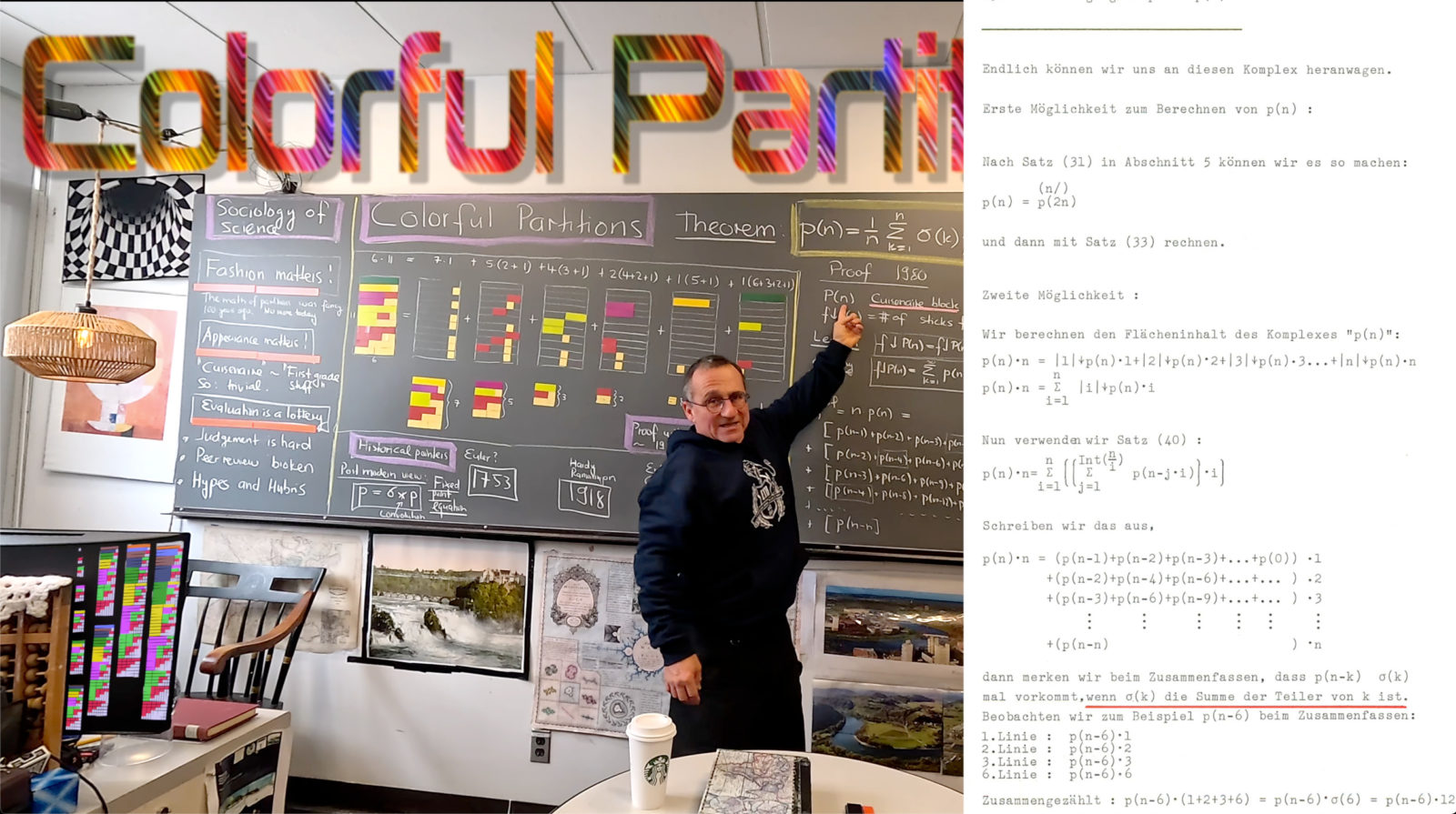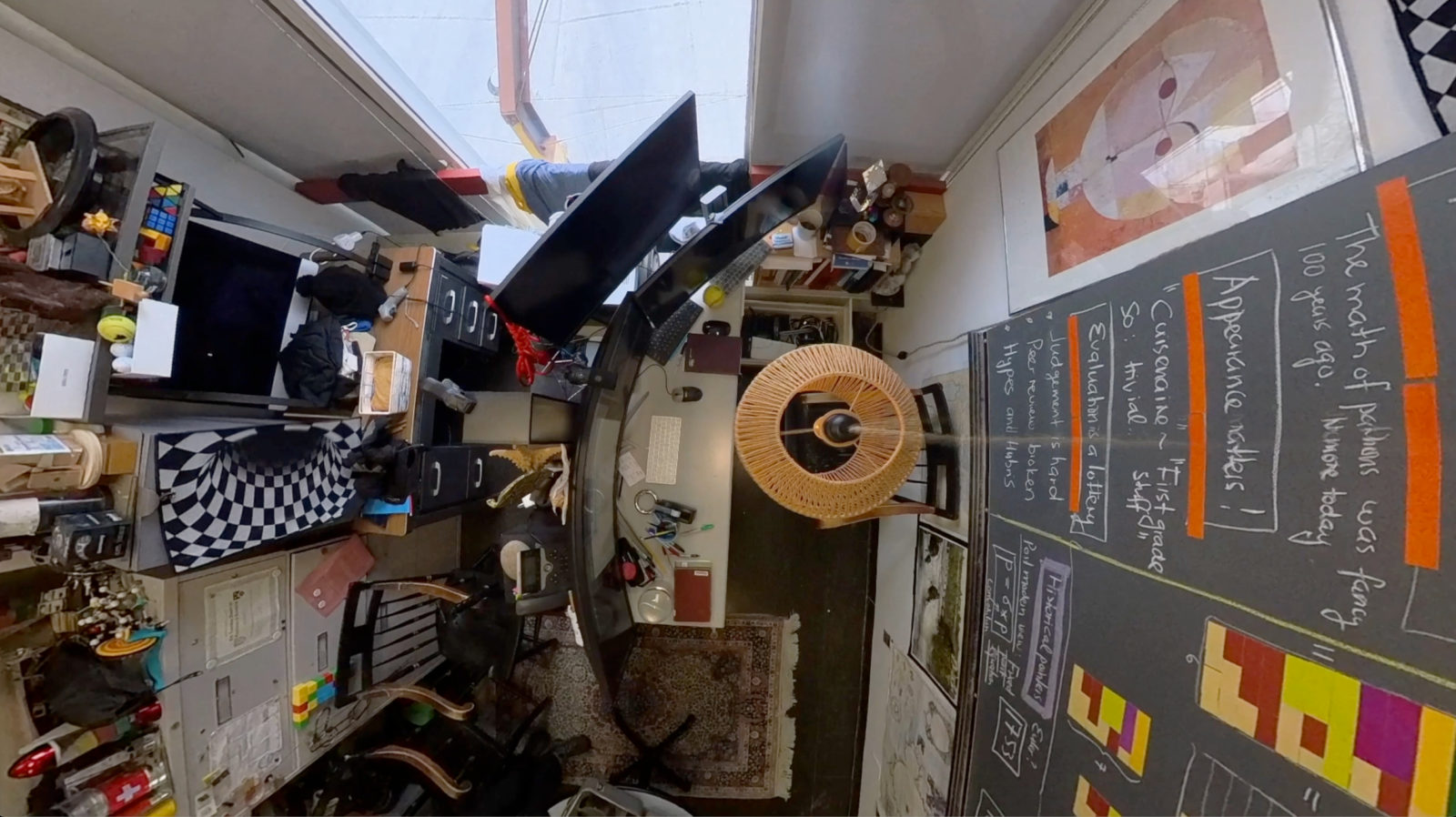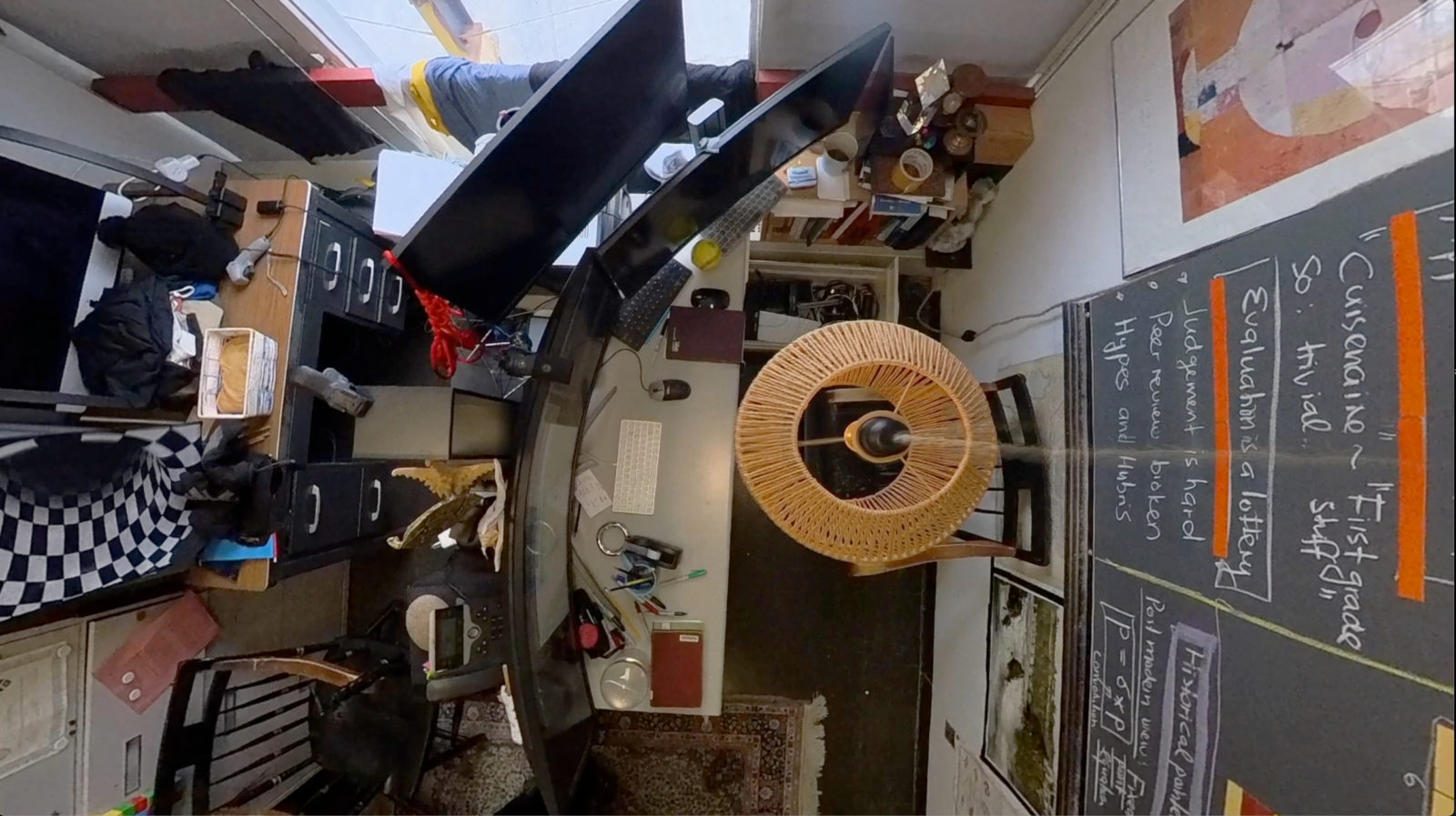My experience from my Schweizer Jugend Forscht adventure was not only invaluable from the scientific point of view, I also met some other young aspiring scientists (here is the book with all the participants (PDF)) which was published in 1983 (when I was already a second year ETH student), and as well learned invaluable lessons about the scientific process and life in general:
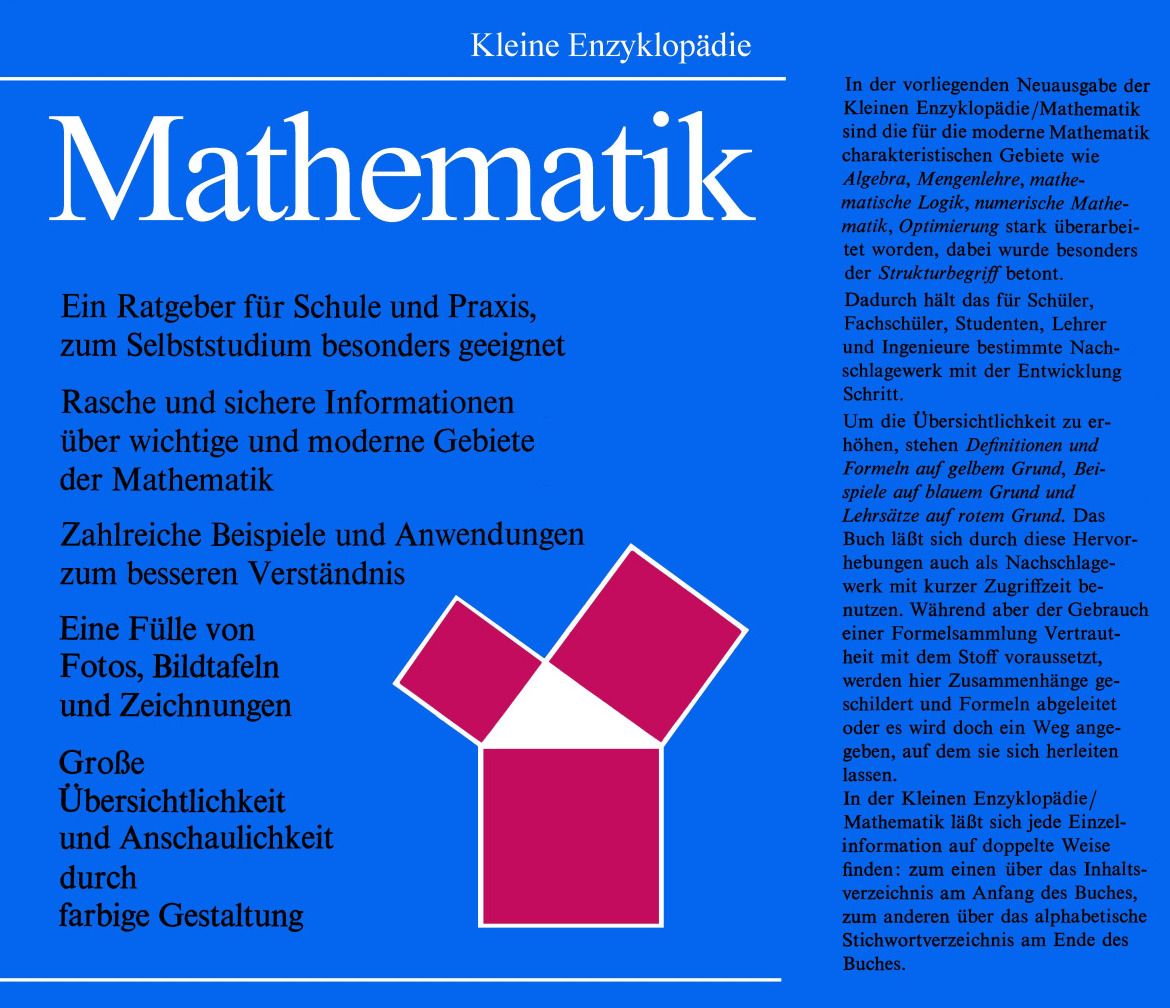
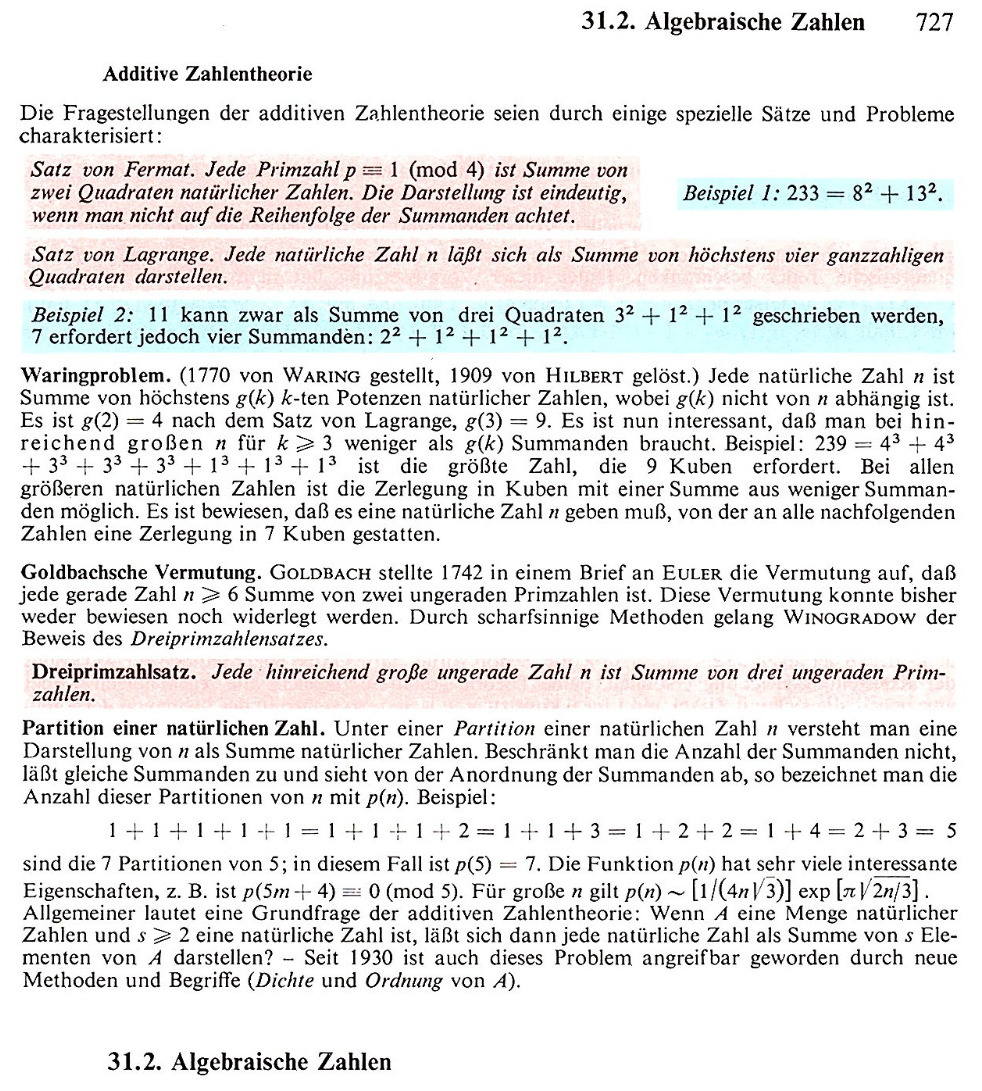
- Self-motivation is a powerful gift. I had the idea and motivation to enter the competition myself. Worked completely independently. The only math literature consulted was an encyclopedia book about mathematics (Harry Deutsch: Kleine Enzyklopaedie Mathematik) which I consulted in the Schaffhauser Stadtbibliothek (library of Schaffhausen in the abbey of Allerheiligen. I would after school just spend there one or two hours reading. The Encyclopedia of mathematics had a few hundred pages but covered all of mathematics. I did not own the book but it was one of the reference books in the library and I enjoyed just looking through it. By the way, this library still exists now, but has been modernized. Instead of the old-fashioned feel of an old abbey, it is now a “digital library” with modern lights and rather uninviting. There is something nice with old fashioned library reading rooms with warm lights, wooden tables and actual physical shelves.
- Starting from the ground is fulfilling. You find the page mentioning the partitions (my only source ever consulted before submitting the work; I would later, when submitting the abstract for the book published in 1983 visit the ETH library, search the micofiche catalog and see Ossermann’s book), is displayed above. This was a time of course more than 10 years before the internet hit the world and when we were not yet drowning in information. Information overflow is a terrible curse. We see that everywhere and it is demotivating. We see basic algebra textbooks with thousands of pages. The same with calculus. Who the hell is going to read that? I took the subject of partitions and found it exciting to start from the ground. Like an explorer discovering a new country.
- Fulfillment is independent of recognition. For my work to this SJF competition, I worked many hundred hours. I wrote programs from scratch (stored on audio tapes!), made many experiments, wrote on paper and at the end typed things up with a IBM typewriter (where every special symbol use required to change the head) and a single typo usually implied having to start writing the page again. At the local competition, the “expert” did not understand a word but with luck, I made it to the Swiss competition, where the work was also not recognized well. I was of course disappointed, but also learned that disappointments last for a few hours and then are gone. It could never compensate the joy of doing things and discovering things. I think that in general, if you need a pat on the shoulder to do science or art or sports or something else, you do the wrong thing. You should want to do it, if you were the only person on the world.
- The evaluation process is often a lottery. This is evident of course everywhere: actors, writers, artists discovered by accident, business folks succeed often because of luck and circumstances. You are constantly evaluated by others, some who understand, most who don’t. Who cares about their opinion? Of course, there are more objective metrics like “grades” or “competition results”. In the case of grades, the tendency has become more and more to get rid of them. When I was a student, there was a grade scale 1-6 with 12 different scales, where 4 was the average and 6 almost never occurred. I got a 4.5 in theoretical physics (Klaus Hepp and Walter Hunziker (1935-2012), both students of Res Jost were examiners in oral exams where the student was grilled alone by experts) and I had spent a lot of time with physics, even specialized in theoretical physics as a graduate student). I had a similar grade in mechanics (Juerg Froehlich, also a student of Res Jost was the examiner), where I presented in the oral exam the theorem that the free top in arbitrary dimensions is integrable (following one of the appendices of Arnold’s book in mechanics). That required a winter long work, studying the differential geometry of Lie groups, because the free top is nothing else (Arnold) than the geodesic flow on the orthogonal group. Was I deterred? Not at all. I found it actually amusing and healthy. Froehlich for example told me “Herr Knill, the times of Bourbaki are over!”, drew the Eiffel tower on the board (he just had come from IHES in Paris to ETH), placed a top on it and asked “How does it move?”. It is good to be placed down to earth. Evaluation matters later when looking for jobs or positions. In science it often means that you have to stop doing it, just because you need bread on the table in the end.
- Appearance matters. This is in general rather amusing. The way you dress or talk very much affects how people think about you. This can be observed in restaurants, especially fancy ones, where your clothes need to reflect your financial status. I actually have become not only amused but also a bit of a cynic in this respect (for example, I strongly believe that many professional mathematicians giving seminars by purpose obfuscate the matter because this makes it sound the talk more deep and also keeps the speaker safe. If you present so that nobody can understand it, you also do not get any nasty questions.) When I was working on this number theory project, I worked with sticks I had got in first grade by Mr. Edwin Ilg (1911-????), my first grade teacher. My work was called “Anschauliche Additive Zahlentheorie” = “visual additive number theory”. It is actually also a pedagogical pioneer work, because I’m not aware that any time before this, relatively serious mathematical research had been done with manipulatives. The funny thing however is that if one looks at these sticks and makes the association with “first grade stuff”, one gets fooled that the content is also first grade difficulty. People are fooled by appearances all the time. A nice movie illustrating this is “moneyball”, where baseball players were dismissed because “they throw funny”. People are blinded by money, appearance, behavior and look. It has been known since antiquity. Jane Austen was an acute observer of this and makes her novels not only funny but also deep. There is for example the scene in Emma, when Frank Churchill enters a shop to buy gloves for “morning use”.
- Fashion matters. All the time. There are some topics which are fashion because of funny reasons. Maybe one has thrown a lot of money at a subject and so needs to hype it (this happens in high energy physics for example and more recently happened also in the health sector. If billions of dollars are at stake, a bit of exaggeration can not hurt). Sometimes, fashion comes through hollywood. About 15 years ago, when the TV series “numbers” appeared, we saw suddenly lots of students wanting to become apply mathematicians. The show was very well done. I mentioned in the presentation Colorful partitions that “Partitions” are not fancy. This has changed a bit through hollywood. The movie “Infinity” showed the life of Ramanujan features partitions. See this scene (M4V movie), where p(200) is computed . It is of course these days very quickly looked up with Mathematica as PartitionsP[200]. But even if it would not have been implemented, it could be computed from the ground up with
Last[CoefficientList[Series[Product[1/(1 - x^j), {j, 200}], {x, 0, 200}], x]]or with the formula which actually might have been a formula which was used then. I suspect however that the pentagonal number theorem was used and that Ramanujan used his asymptotic formula:
s[k_] := DivisorSigma[1, k]; F[0] == 1;F[n_] := Sum[s[k]*PartitionsP[n-k]/n, {k, n}];F[200]




